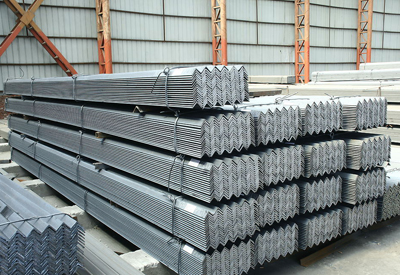【Ferro-alloys.com】: Diversified mining major Rio Tinto said on Tuesday it would need a strong final quarter to meet its full-year iron-ore shipment guidance after third-quarter output showed only a modest recovery from weather-related disruptions earlier in the year.
The world’s second-largest miner shipped 84.3-million tonnes of iron-ore from its Pilbara operations in Western Australia in the three months to September, up 6% from the second quarter but flat year-on-year. The company warned that shipments would likely end the year at the lower end of its 323-million- to 338-million-tonne guidance range, citing lingering impacts from first-quarter cyclones and the limited flexibility of its supply system.
“A strong fourth-quarter performance is required as the system remains tightly balanced and has limited ability to mitigate further losses,” the company said in its quarterly production report.
Rio Tinto CEO Simon Trott said the group’s focus was firmly on executing a strong finish to the year in its key iron-ore division.
“We are focused on delivering a strong finish to the year from the Pilbara,” Trott said. “Our growth projects are also progressing at pace – at Simandou, we started loading first ore at the mine for movement down the rail and to the port in October.”
Rio Tinto reported strength across the portfolio in the September quarter. Group copper output rose 10% year-on-year to 204 000 t, supported by the ramp-up at Mongolia’s Oyu Tolgoi underground mine, which remains on track to lift copper output by more than 50% this year. Production was down 11% quarter-on-quarter, reflecting planned maintenance at Utah’s Kennecott mine and smelter. Copper production for 2025 is expected to land at the higher end of the 780 000-t to 850 000-t range.
The miner also delivered back-to-back quarterly production records in its bauxite division, with output rising 9% year-on-year to 16.4-million tonnes. The strong performance prompted an upgrade to full-year guidance, now set at 59-million to 61-million tonnes, up from the previous 57-million- to 59-million-tonne range. Alumina and aluminium production also climbed, rising 7% and 6% year-on-year, respectively.
“Our pace continues – strong production across the portfolio,” Trott said. “We continue to strengthen performance from our assets, setting back-to-back quarterly production records in our bauxite business and at Oyu Tolgoi.”
At the Iron Ore Company of Canada (IOC), production was up 11% year-on-year to 2.3-million tonnes but slipped 6% from the previous quarter. The company said output was expected to be at the lower end of guidance as it works to improve pit health.
Production of titanium dioxide slag edged down 1% year-on-year to 300 000 t, while borates rose 2%. Both are expected to end the year at the lower end of guidance as Rio Tinto undertakes a strategic review of its Borates and Iron and Titanium divisions.
The miner’s ability to meet its yearly targets will be important for investor confidence as the group transitions to a new operating model aimed at simplifying its portfolio into three core businesses: Iron Ore, Aluminium & Lithium, and Copper.
Trott said the company’s new structure and operating model were designed to “simplify the business and unlock additional shareholder value” through greater operational discipline and capital efficiency.
“We are well positioned to deliver compelling mid-term production growth. We will continue to deliver further shareholder value through operational excellence, simplification and discipline on performance and capital investment.”
Rio Tinto maintained its unit cost guidance for the year, forecasting Pilbara iron-ore cash costs of $23 to $24.50 per wet metric tonne and copper C1 costs of $1.10 to $1.30 per pound, following a downward revision in July.
Meanwhile, the company said market conditions across its key commodities improved in the third quarter, with iron-ore prices rebounding and copper benefiting from supply constraints, although macroeconomic sentiment remained subdued. The global economy showed modest improvement, supported by fiscal expansion and front-loaded investment ahead of new tariffs, but business and consumer confidence weakened amid ongoing trade tensions.
In China, deflationary pressures, slowing manufacturing and a weak property sector persisted, but targeted infrastructure and technology stimulus measures kept growth on track toward the government’s 5% target. Iron-ore prices climbed back above $100/t, reaching a seven-month high of $108/t on the back of higher hot metal production and strong mill margins that lifted China’s crude steel output by about 4% year-on-year.
Copper prices also strengthened, averaging 442c/lb for the quarter, supported by a weaker US dollar and tight supply, with spot treatment and refining charges remaining in negative territory owing to excess smelting capacity.
Meanwhile, the quarter was also marked by tragedy, with Trott extending condolences over the death of a worker at the SimFer mine site in Guinea.
“Safety remains our number one priority,” Trott said. “We are deeply saddened by the tragic death of Mohamed Camara at the SimFer mine site and are committed to learning across our business to prevent future incidents.”
- [Editor:Alakay]



 Save
Save Print
Print Daily News
Daily News Research
Research Magazine
Magazine Company Database
Company Database Customized Database
Customized Database Conferences
Conferences Advertisement
Advertisement Trade
Trade






 Online inquiry
Online inquiry Contact
Contact

Tell Us What You Think